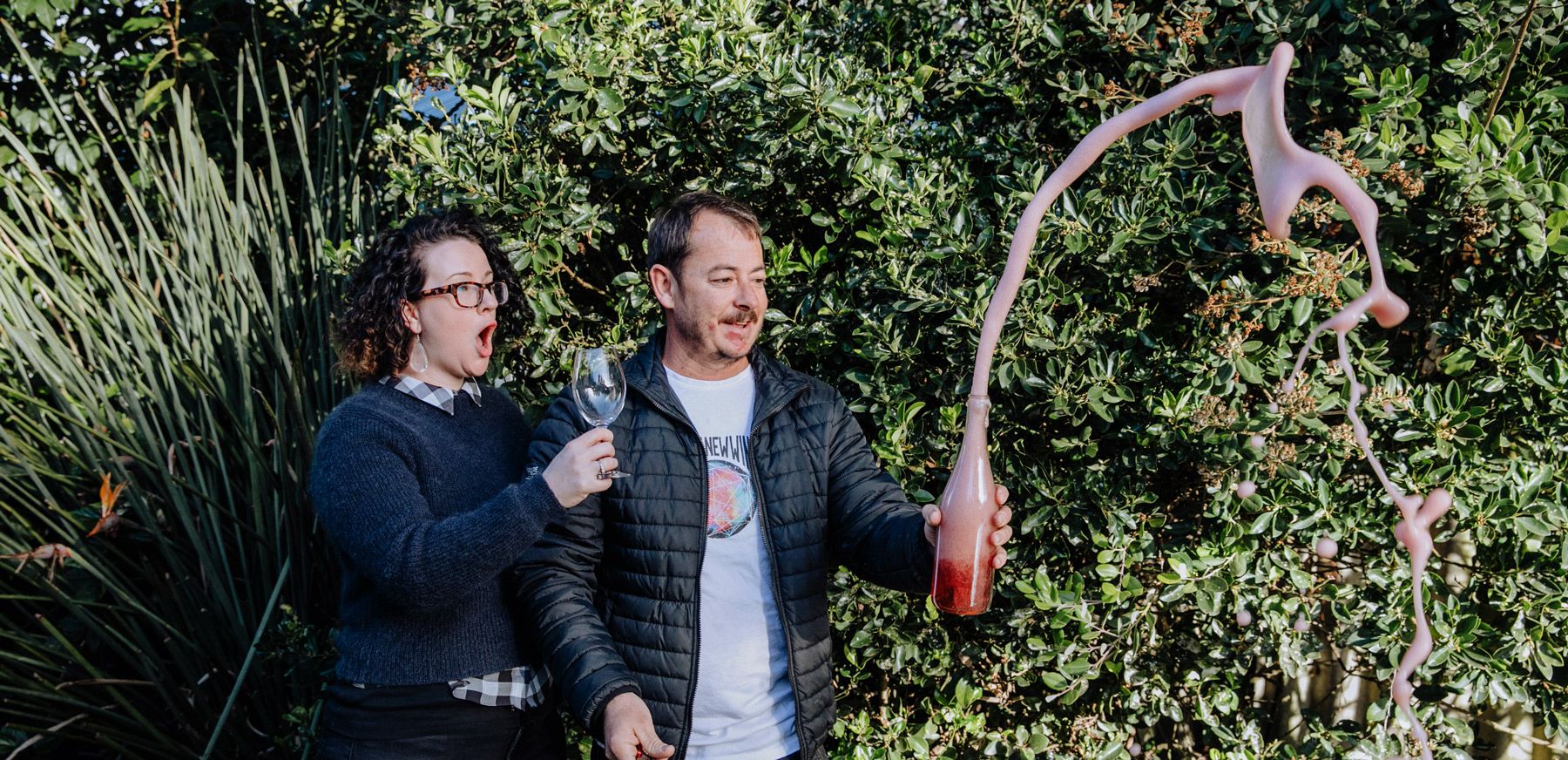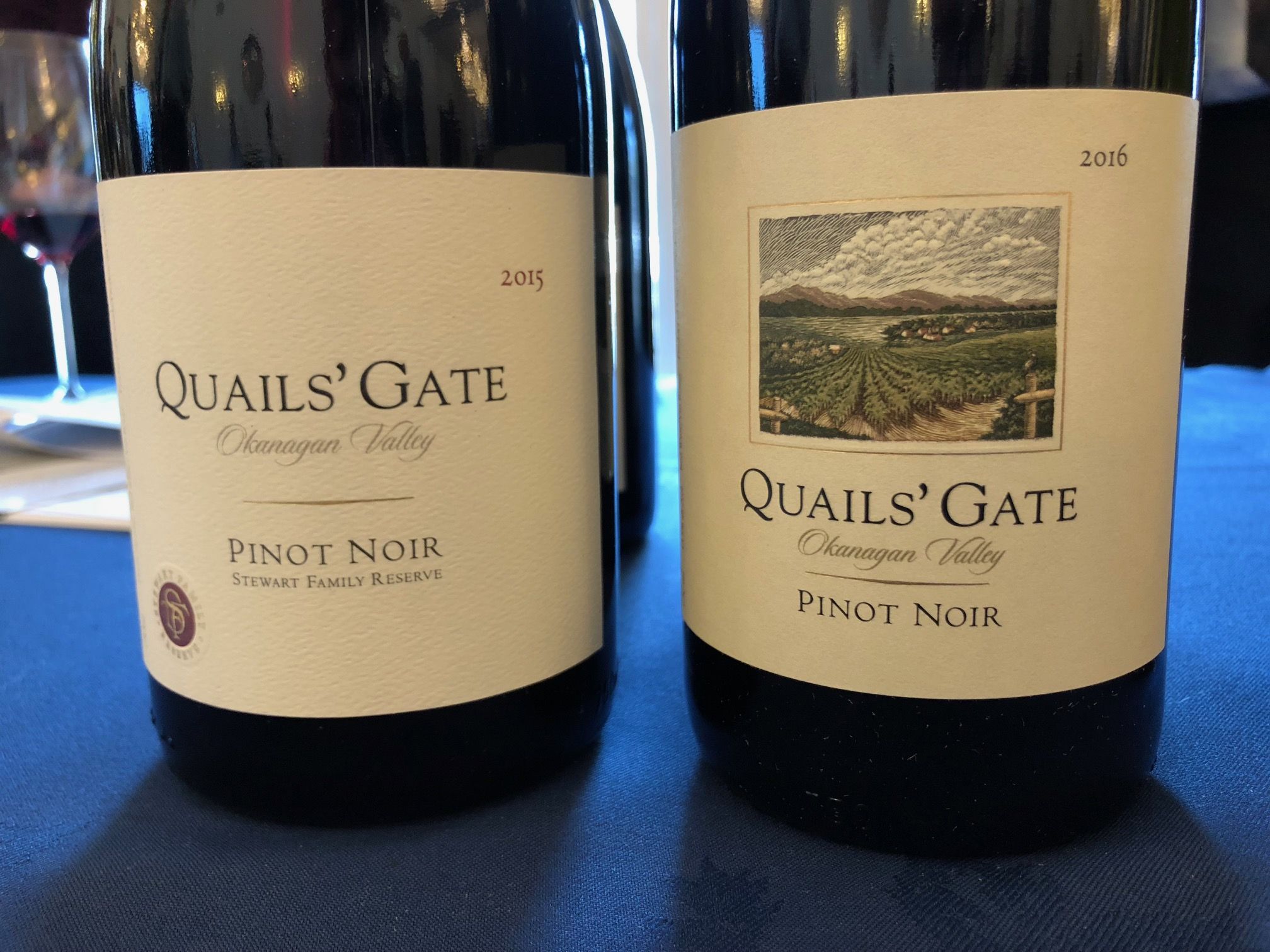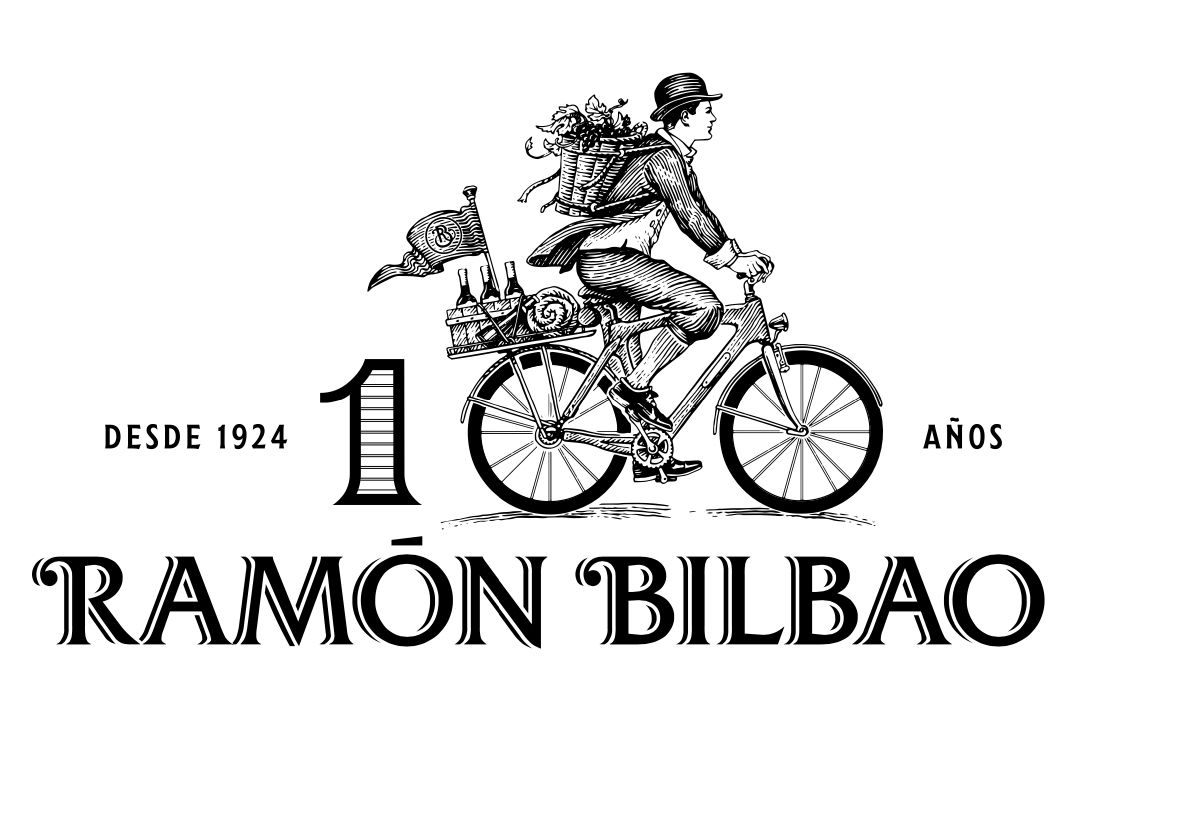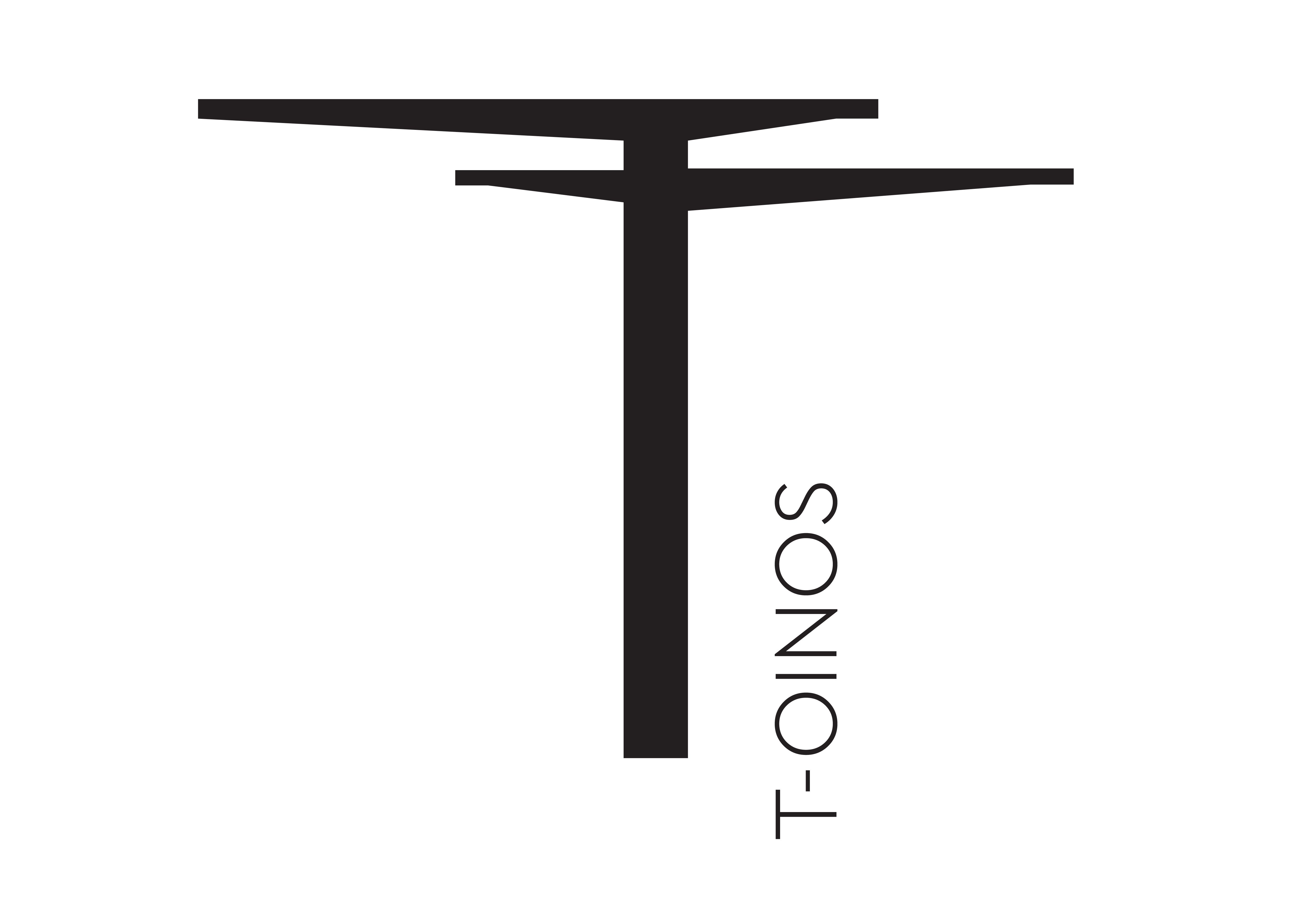It’s a slow burn, but the quality of Western Australia’s Sauvignon Blanc and Semillon are providing hard to ignore, argues Max Brearley.
Attitudes to Sauvignon Blanc and Semillon could be seen as being a dictating factor on consumer attitudes to blends of those varieties, whether Sauvignon Blanc Semillon
(SBS) or Semillon Sauvignon Blanc (SSB). Both are dependable, even staple blends for many Western Australian wineries, especially in the Margaret River Region, but it’s fair to say that they have been held in less regard to the likes of Chardonnay, a cornerstone varietal for Margaret River, and a big hitter with consumers, whatever the region. Those blends are seen as wines to drink now, without the allure of wine that is age worthy. But is that fair? Many say not. Scratch the surface in Western Australia and there’s much to discover.
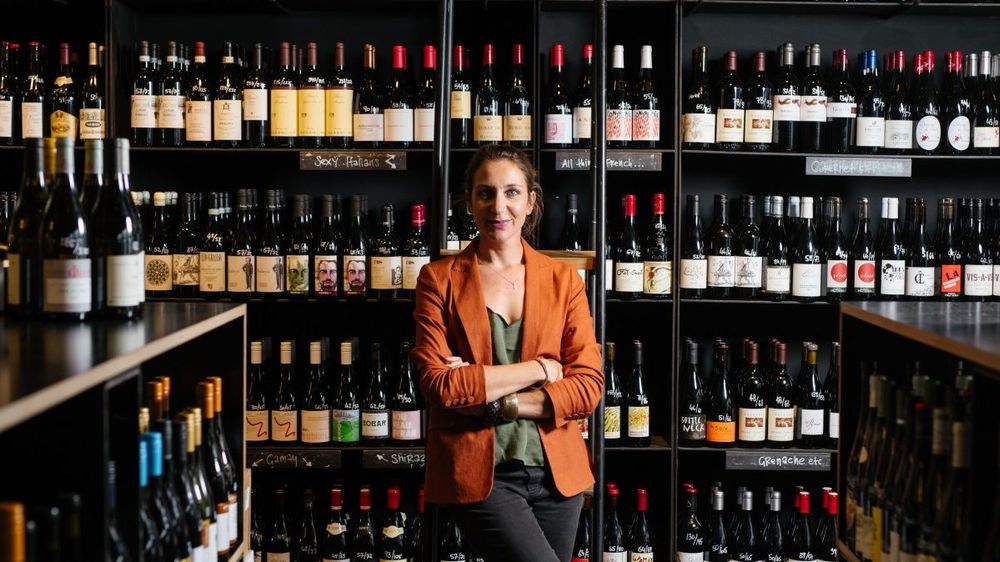
Emma Farrelly of Perth’s State Buildings says it is the more experimental Sauvignon Blancs and Semillon that customers are interested in
“Sauvignon Blanc isn’t hugely popular as a variety at the moment,” says Emma Farrelly, director of wine at the State Buildings, a peak hospitality destination in the heart of Perth. “It’s taken a backseat at the moment. There was a lot of it planted so people obviously are still having to work with it, and they’re trying to create styles that are interesting and potentially a little bit different, using things like skin contact. That’s where we’re seeing a little bit of interest: a little bit of time on skins, maybe some lees work, and some barrel fermentation.”
Farrelly saysFumé Blanc, emerging from some Western Australian wine regions, also hasn’t yet taken hold with local palates. “I still think people don’t really understand what it’s all about,” she says. “But, I think the addition of a little bit of barrel ageing and just a little old large oak can create a bit more interest in the wines that can make them more enjoyable to drink without having to label them Fumé Blanc to give that indication of oak.”
Farrelly contends that a market still exists for those that “gravitate towards those stainless-steel Margaret River SBS blends: fruity, bright, punchy, tropical, drink now, drink fresh kind of styles,” but it skews very much towards an older demographic.
A matter of fashion, Farrelly points to younger wine drinkers being excited by the likes of Chenin Blanc, Vermentino, and Savagnin, and that they’re very much driven by experimentation, not the thought of drinking what their parents have always drunk.
“It’s probably not considered to be at the height of cool at the moment,” says Farrelly giving a nod to the fact that wine can pivot on changing tastes, a variety going from ‘not to hot’ in no time at all.
Bold experimentation
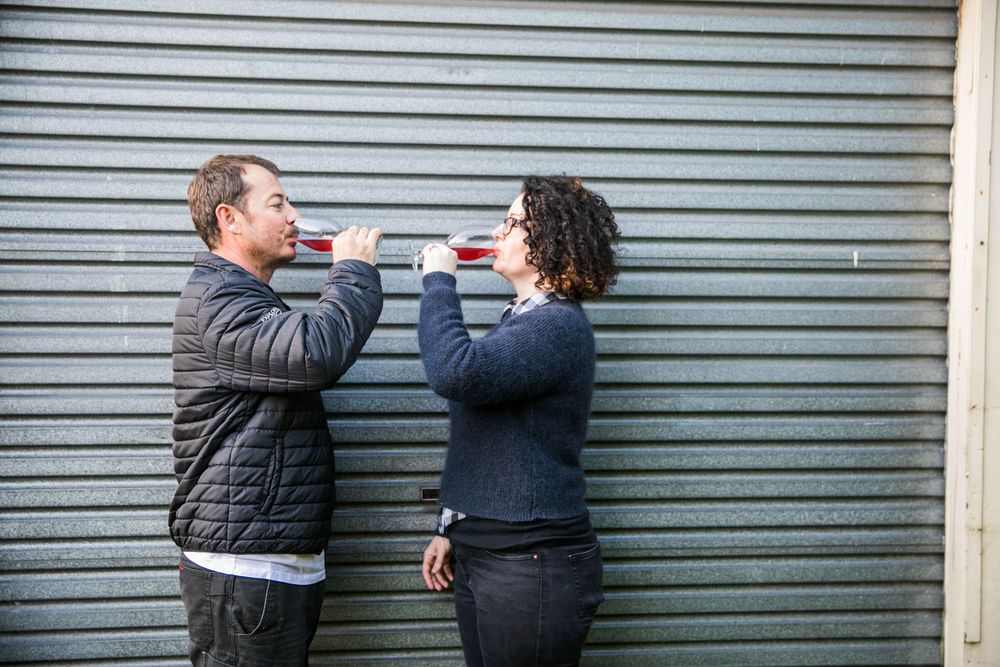
Andries Mostert and Yoko Luscher-Mostert are looking to push the boundaries and have built up a cult following for their left field wines
One of the wineries leading the charge in bold experimentation within Western Australia is Brave New Wines, from the Great Southern region. Owned by Andries Mostert and Yoko Luscher-Mostert, this Denmark-based winery has built up a cult following amongst mainly younger drinkers, taking fruit from across the subregions of what is, by geographic mass, Australia’s largest wine region.
Yoko Luscher-Mostert recalls one of their expressions of SSB, the Savant Garde, produced back in 2018. “At that time, our oak budget was one French oak puncheon,” says Luscher-Mostert.
“One really good, high quality French oak puncheon. We put the Semillon in that 500-litre puncheon. Instead of expecting it to be like the cereal in the sausage, the filler, we made it the star of the show, treating it really well.”
Blended with tank fermented Sauvignon Blanc, Luscher-Mostert says that the Savant Garde was aligned to their normal winemaking practices, using only the native yeasts that come in off the vineyard, no fining, no filtration, and minimal use of sulphur.
That vintage was a valuable lesson, and the start of the evolution of their use of Semillon and Sauvignon Blanc, according to Luscher-Mostert. Not because it was a great success. It was well received by the Brave New Wine faithful, and the sommeliers that have championed this ever-growing business, however, Luscher-Mostert says Semillon and Sauvignon Blanc on the label proved a challenge. “
“We did only make that for one year, and to be honest, because we put Semillon and Sauvignon Blanc on the label, it didn’t sell very well; actually it was probably a bit of a hindrance, which is weird because the wine was delicious and nothing like that sort of inoffensive, unchallenging, safe, wine style. It had texture and it was interesting.”
Discreet marketing
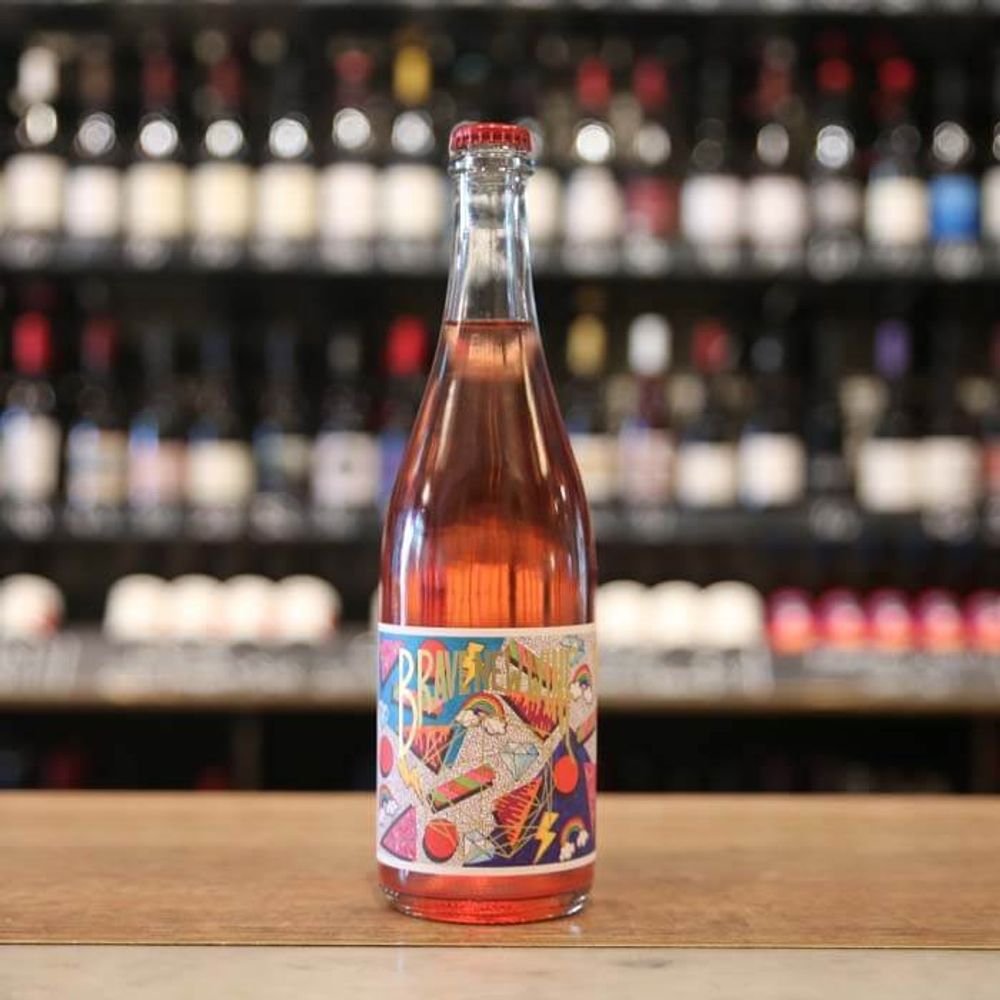
Brave New Wine’s Nat Daddy Pet Nat is made from mostly Sauvignon Blanc with a little Shiraz
From that starting point Brave New Wine has experimented with other blends such as the popular Nat Daddy Pet Nat using mostly Sauvignon Blanc with a little Shiraz and their Riot Girl which isn’t purely a Sauvignon Blanc and Semillon blend alone, rather it incorporates other aromatic white varieties vintage to vintage. “The Riot Girl was what the Savant Garde sort of turned into,” says Luscher-Mostert. “We repackaged it and called it a white blend rather than naming the varieties on the back… by not listing the varieties on the back people just tried it and loved it. They trust their own palate. And that sells really well.”
While Farrelly says that we are not in the heyday of these blends, she does see a future with interesting and complex examples coming out of Western Australia, and in particular Margaret River, which showcase the experience of winemakers with the varietals and blending them. They can, she says, handle quite a lot of flavour, and as such she’s often matched them in Wildflower (The State Buildings’ signature restaurant) as “skinsy” expressions work well with native and herbaceous ingredients.
Farrelly draws attention to Cape Mentelle SBS with fruit drawn from their Wallcliffe vineyard, established in 1970. “I’ve had some old ones of those and they’re really interesting wines, drinking beautifully and they match food really, really well,” says Farrelly.
Cape Mentelle describe the varieties as, “a rare and complementary expression: while the Sauvignon is intensely fruity but also focused and mineral, the Semillon is generous and textural.”
Suckfizzle SBS from Stella Bella, also in Margaret River, is of interest. “It’s not for every day, but I think they’re beautiful wines when they have some age on them,” says Farrelly.
For a classic expression of the style, she turns to Fraser Gallop Parterre SSB. Grown and made in Wilyabrup, the winery describes the wine as having a complex, sophisticated delivery of fresh, lemon and lime aromas, and a gently flinty, stony edge; the palate is drenched in fresh, tart and tangy citrus fruit and delivers a succulent, tropical fruit-tinged finish.
There is, says Farrelly, a whole vein of winemakerschasing the notion of high-end, oaked and cleverly made Sauvignon Blanc Semillon blends in a white Bordeaux style. Western Australia being one of the only places in the world outside Bordeaux doing that.
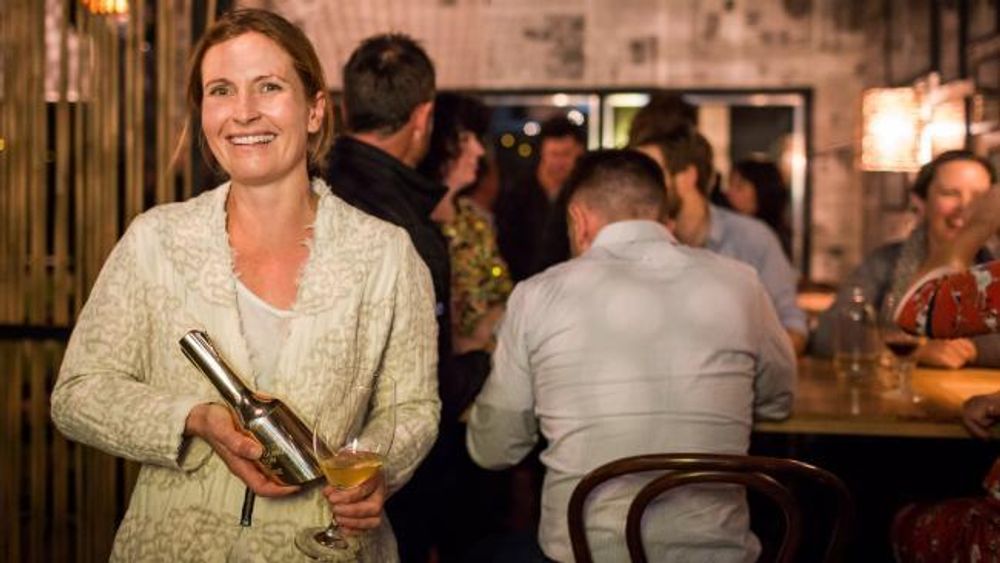
Josephine Perry at Dormilona is making organic Sauvignon Blanc and Semillon styles
On a less classic tangent, Farrelly also hails the work of Josephine Perry at Dormilona, another winery based in Margaret River, with her Blanco, an organic Semillon left on lees for four months, and her Orenji, an SSB also made with organic fruit, hand harvested, and fermented in open fermenters on skins for two weeks and a further eight weeks in a cement egg.
Smart choices
A standard bearer for the biodynamic movement in Australia is Vanya Cullen of Cullen Wines and her Grace Madeline release is perhaps proof to anyone who needs it, that Western Australian blends of Sauvignon Blanc and Semillon are age worthy and a smart choice. “It’s a beautiful wine,” says Farrelly. “When you talk about Cullen, Vanya [Cullen]has done her Amber Sauvignon Blanc, and that has got quite a lot of attention over the years, really showcasing what skin contact can do to Sauvignon Blanc, which is quite remarkable.”
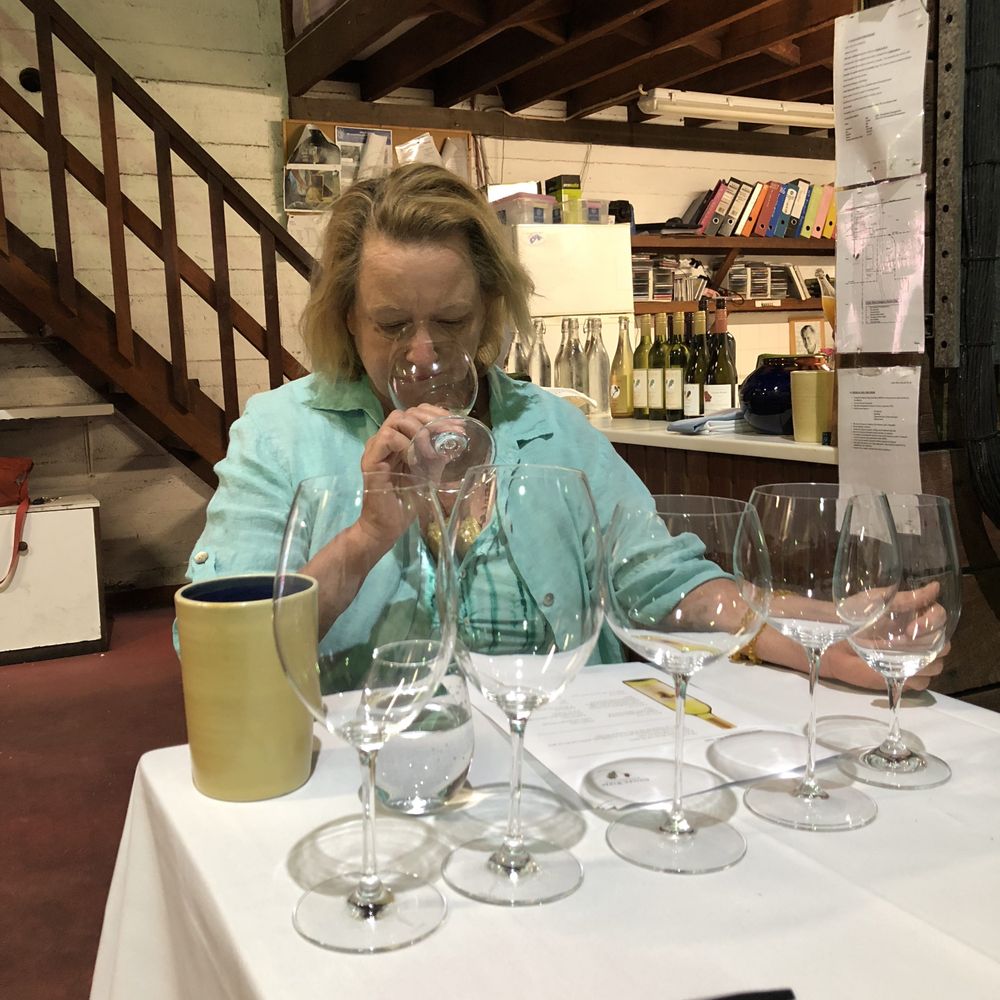
Vanya Cullen’s Grace Madeline Sauvignon Blanc and Semillon blend is a great example of a wine that can age and develop with time
“The age worthiness is actually unknown,” says Vanya Cullen of the Grace Madeline (named for her maternal grandmother). “With the screw cap and the biodynamics, you know, at least 10 to 15 years, and they’re just fantastic, drinking beautifully now.”
It’s easy to underestimate the ageing potential of Sauvignon Blanc, says Cullen, but the difference with what they are producing is that they work with low yields, employ biodynamic techniques throughout the growing and harvesting process, and are working with old vines (plantings dating back to between 1976 and 1978.)
“It’s unusual to have old vines,” says Cullen. “In other places like New Zealand they’re not known for their longevity of the grapevine because they have those high yields.”
As to the question of fashion, or just the perception of varietals, Cullen offers the example of giving drinkers the choice between their flagship SBS against, say, a $25 bottle of Chardonnay. “And they’ll have the Chardonnay,” says Cullen.
She suggests this is due to the perception of aspirational drinking, the thought of a hierarchy of varietals, and perhaps a lack of understanding of complex SBS expressions.
That attitude could be changing, or at least could be changed, as more examples of Western Australian blends break out of their core market.
While much of the Grace Madeline is sold in Australia currently, exports in the last few years have been strong, says Cullen. “Grace Madeline has got a bit more traction at the moment and people are loving it,” she says. “Which is really a great joy to see because we put as much into that as the Chardonnay in terms of the winemaking. I always tell people our best value wine is the Grace Madeline.”
- Max Brearley is a journalist writing predominantly for top tier publications in Australia and the UK, including The Guardian, delicious. Australia, The Australian, The Weekend Australian Magazine, Escape, Nat Geo Traveller, Gourmet Traveller Wine, Time Out and Halliday. , He is also contributing editor for WA Good Food Guide.
- This article has been produced as part of the ‘New Voices’ wine content development program run by WA Wines to the World.
